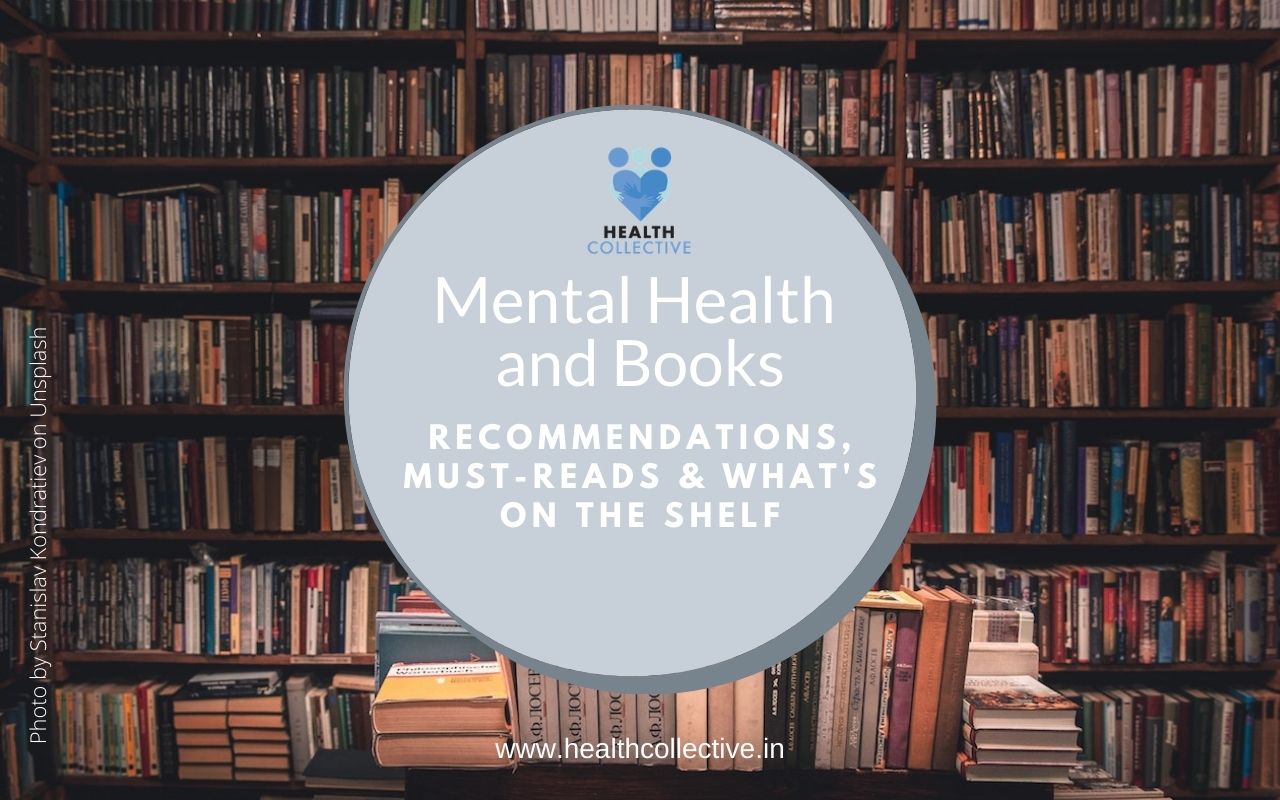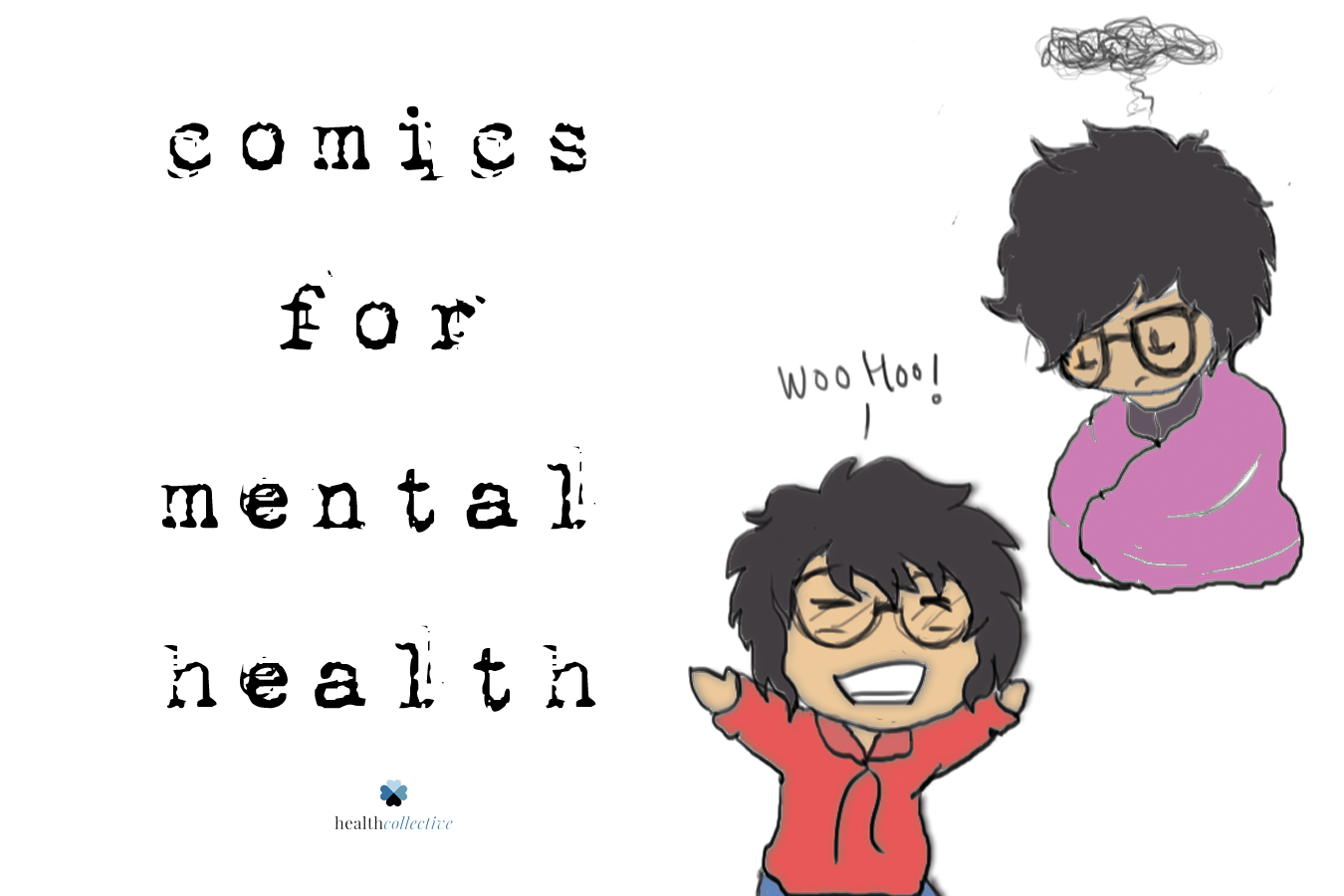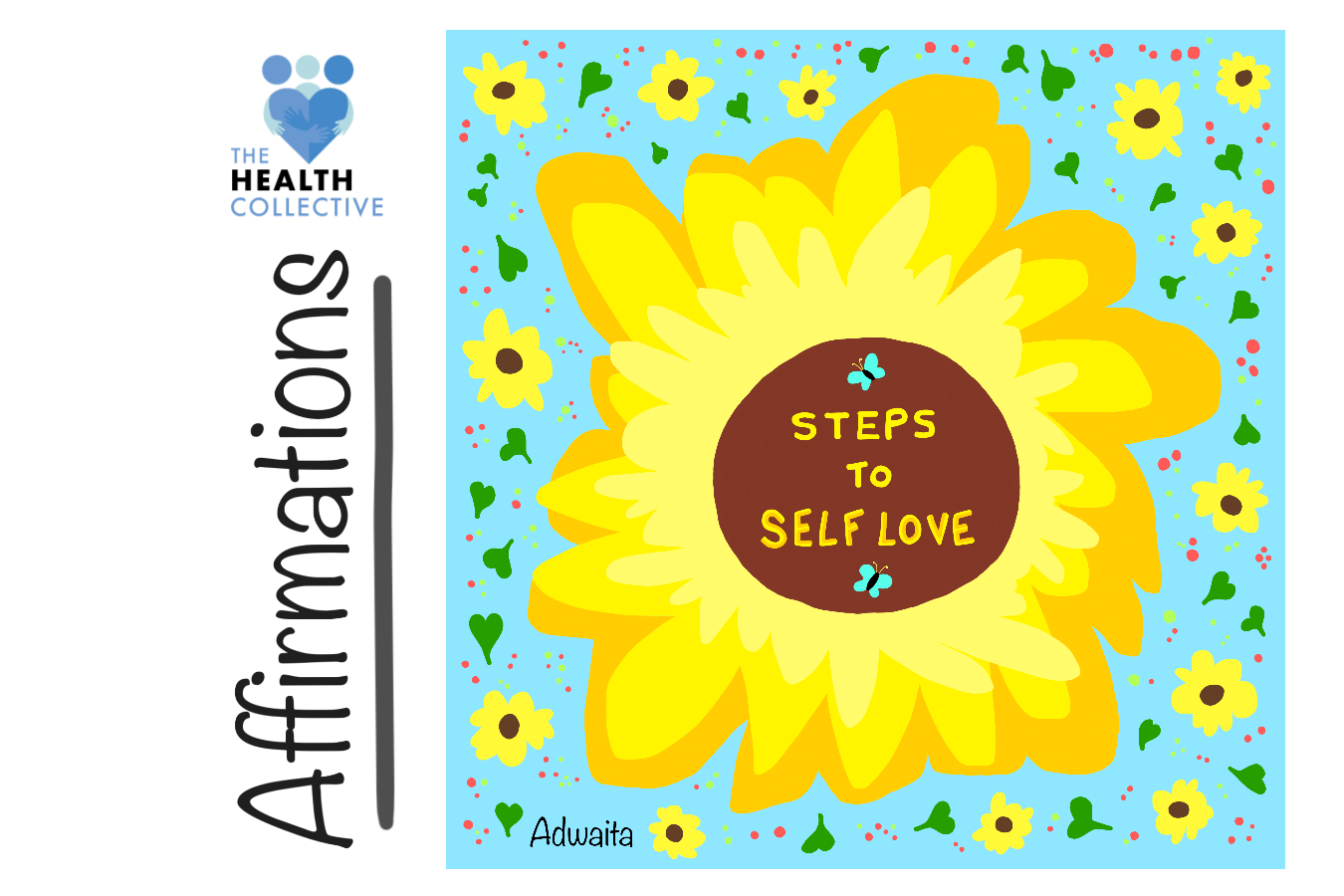Healing Room: In Conversation With Reena Nath
Amrita Tripathi speaks to noted family therapist Reena Nath about her work, the changes in the mental health scenario for urban India, and her book HEALING ROOM, as well as very personal life-changing events from her own journey. This conversation has been edited slightly for length.
PART I
Q: The positive feel that comes from the book is that you are documenting the change you’ve seen in the last 30 years?
When I went to do my senior degree in 1999, I had already been working for about 17-18 years and there I had options, I could do courses (eg on the weekend) so I was always picking up stuff that would be useful here. And I remember the last…There was something on cutting and I thought oh we don’t need that, nobody cuts here.
I came back and the very first client I saw, she was cutting and she was anorexic. So that’s the kind of…Boom, suddenly the problems that are there in the world are presenting themselves at your door here.
Q: Do you find that there is more openness about seeking help in the first place? You document that quite strongly, attitudes of regular people / that help is available?
I think so. None of us had waiting lists before and we have waiting lists now. People are very upfront about it and happy to meet you. That kind of shame they used to bring to the therapy room is no longer there.
Also Read: Relationships, Happiness, Living the Life you Want
Q: And that kind of shame came from where? For our parents’ generation? My parents have said, eg, that ‘We didn’t have these options to go to’.
They wouldn’t have also: the idea that you have failed somewhere in your life, you’ve not been able to solve it, your family’s not been able to solve it… That’s where the shame comes from. That’s true not just for Indians / conservative Indians, that’s true for everybody outside also. There is that awful feeling of, you know, what are they going to think of me? There’s other people who’ve made a success of this.
Q: To some extent you feel – when we’re talking about urban India – that it’s come a long way?
A long way. If we had more (experts), we could get a lot of people… people willing to come and live here. In 2000-something, this couple used to come from one of these satellite towns, and it would take them a good 2.5/3 hours to come; professionally finish his practice, come at night, I used to see them at 9:30 pm or 10 pm. Somebody was telling me that people move into town just to be there…
Q: To have access?
To have access. B-towns are desperate. There’s nobody there. They have psychiatrists, but they don’t have any counselling help.
Q: Do you see that changing? Or is that the big challenge?
I don’t see it changing. There’s not enough of us.
Q: One of your authors says there’s 32 psychoanalysts in the country?
She’s from that Indian Psychoanalytic Society, that’s all the members there are.

Q: You set up the book nicely, trying to explain who the book is for. And the questions you list out: Who do you go to when you’re troubled, what does psychotherapy have to offer?
What led you to create a book like this? And who is your target audience?
I had a couple of things in mind.
One was: People who are seeking therapy, or have thought about it at some point for themselves or someone they know, or are not perhaps very savvy on the net, and are looking for information — for that kind of person, to give them an overview. Because if you don’t know where to look on the net you’ll get really lost. There are so many different types.
I wanted some simple basic explanations for simple things I’m always asked that confuse the hell out of people, that have to do with the obtuseness of the subject, that are unnecessarily complicated. I wanted to address some of those issues, for everybody’s sake.
I wanted to show all the different types of people and get a reassuring note into the book, that it’s understandable, graspable, it’s okay.
And then I thought also, because these are all very seasoned people, it’s like a documentation of our work in India, which we hardly do.
Q: It’s almost like a primer. You can go from here onward in your journey.
Or you can go back down to simpler stuff. If you find some of the chapters too dense, you can look up on the net.
Q: I thought the anecdotal stories are really helpful; it helps to empathise immediately. Everybody will know somebody, or something you yourself have gone through. That was very powerful to me.
…In the chapter you wrote, it was beautiful when you talk about unconventional families. How has family therapy changed in Delhi?
Family therapy we didn’t know –- it was not taught anywhere. We all did individual work. In Sanjivini, we did, if a couple came, you saw one, the other counsellor saw another, you all got together like you are boxing champions, and you’d think that all the issues would disappear. I used to get the shock of my life, I’d go with my client, and see this completely new person emerging in the face of her husband. The tone changes, the body language changes, the way of presentation of the self changes!
That’s where I got interested in family therapy, where they say we are not one person, we are a set of people that use opportunities to say whatever we need to say or do whatever we need to do, enact something
Those ideas were beginning to circulate in the world, but India
We started as a study group. Nobody knew anything – we were the blind leading the blind. (This was in) 1989 or so – that late. Ten years in the darkness we were reading these papers, and getting anybody going through the city to do a workshop. Then we got a dedicated group going… Nobody wrote it down, what we do with families. Out of that, I wrote a paper and based on that I got into university.
Q: Fast forward to 2016-2017 and…
There’s four of us (in Delhi).
Q: That’s still a start. You do write about how it’s not the easiest thing for a family to realise – they’ll come and say, there’s this kid, who has a problem. I know that’s part of the art and skill of what you do, but can you explain how from that first moment where you are establishing that relationship of trust, that alliance.
This example I gave at the launch – this child was sent because she was excluded from school/ biting everyone. The mother would show up with 3 kids – this girl, a very good boy and a silent elder daughter. There was a lot of domestic violence at home. The husband was going bankrupt as well. All these things were happening, but this child was the one with the problem (laughs).
One day she was walking on the edge of the sofa… I interpreted that as perhaps she’s showing us how uncertain life feels for her, and precarious. And that kind of immediately turned around, she’s not the one with the problem, the family is having the problem, this child is reacting to it. With a simple thing like that you can focus the attention on other things.
The idea is when somebody drags a child around and says he does this or he does that, blah blah blah, right in the beginning you start talking about other people. You don’t let them carry on with their de facto story. You want to change the narrative and start getting other stories in there.
So a couple of things we look for immediately are exceptions to the rule. So if this child is always bad, how do you explain that they’ve got friends in school? And you hammer away at that (laughs). What you want to do is loosen the grip of negative stories and allow for other options, other explanations. And that is the jaadu that is created.
Q: Is it sometimes families are kicking and screaming or able to see this is helpful? Or both?
Both!
Q: The chapter on couples therapy – (there’s a story where) the couple left saying therapy doesn’t work. But they left despite the advice of the therapist…they were not done with their journey. Does that happen with family therapy?
Oh yeah. They leave. Either they’re not ready… This black man had come, the wife was white, Irish, she had abandoned them. She was a drinker, an alcoholic. This helpless father with these three rambunctious kids…and it was impossible in the session. One of these boys who was particularly close to his mother (so we would hypothesise he was missing her and that…) — he would wreck the room. He would beat his father. And it (would be) time to go, another family waiting to come in, he would hang on to a leg of the sofa, while his father was pulling his legs. ‘Not until you promise to take me to McDonald’s, I’m not letting go.’ All kinds of blackmail. He came twice or thrice, very courageously. But honestly he didn’t have the wherewithal to come
…
What we say is whoever can come should come. Whoever’s most interested. Let’s start the work somewhere. Because the change can come from any part of the system.
Part Two of this conversation is here
Edited by Reena Nath, Healing Room is a collection of essays by noted psychologists and psychiatrists, each talking about the type of work they do, peppered with anecdotes and stories about therapy sessions, what the bigger aim is when the ultimate goal is healing. At once a primer and series of snapshots on the mental health scenario in urban India, it’s quite a highly recommended book. Do share your comments below.






Pingback: Battles in the Mind: An Excerpt
Pingback: Healing Room: Part 2